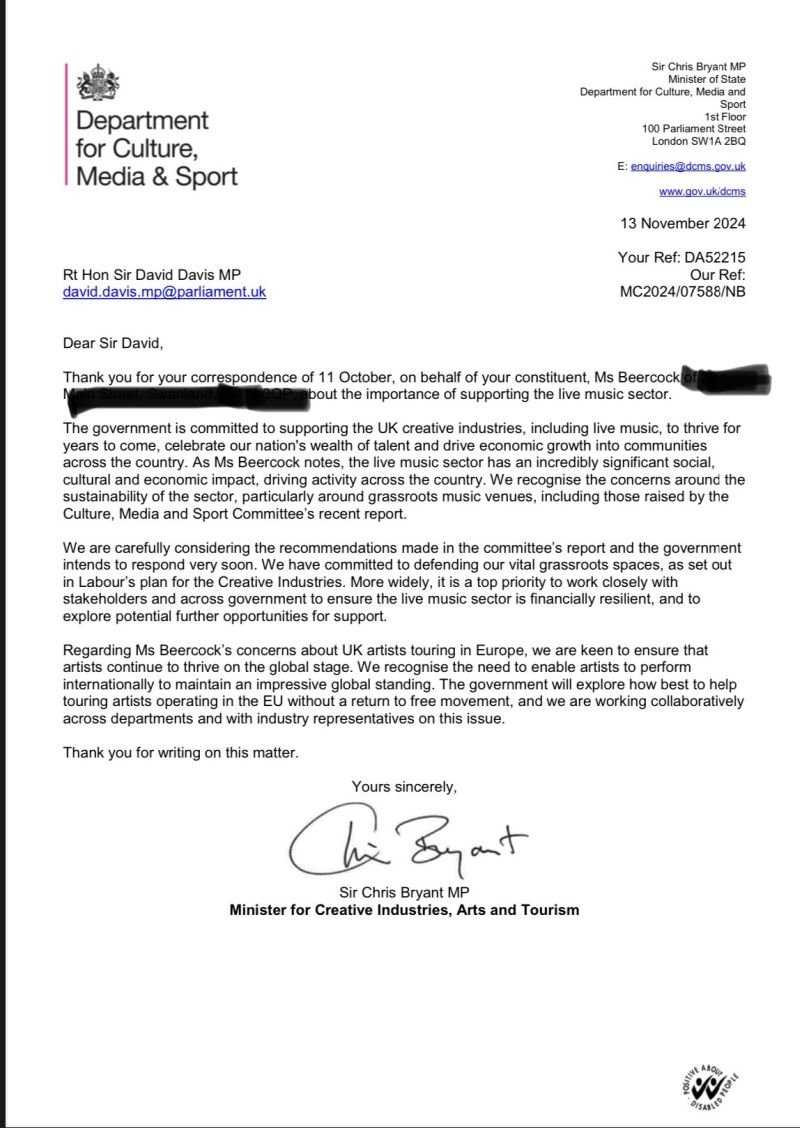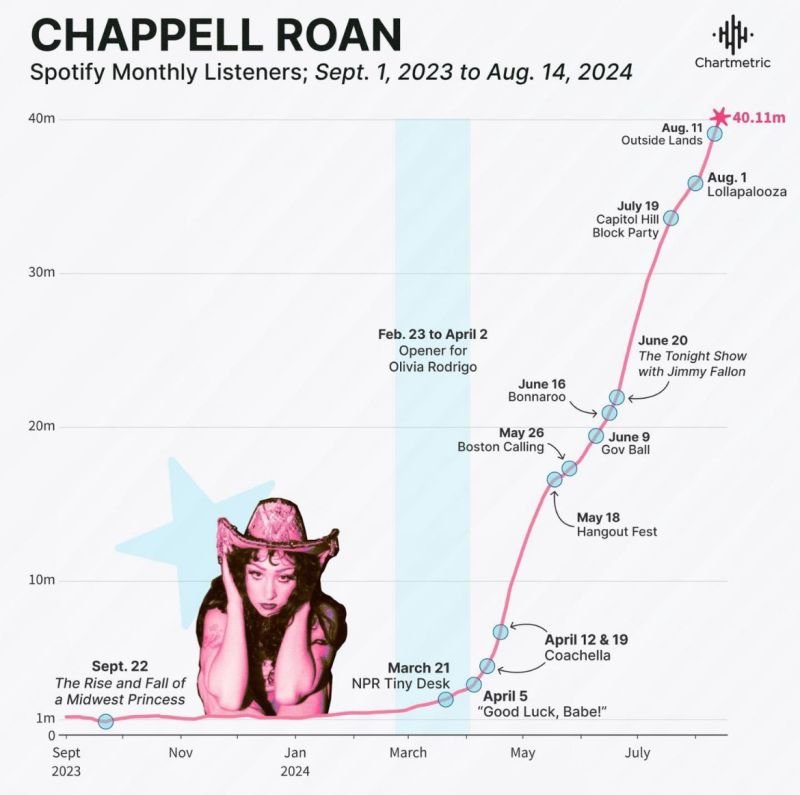3rd March 2025
In an industry obsessed with fleeting moments and viral spectacles, genuine cultural moments—ones that carry weight beyond the stage—are increasingly rare. But when Elton John and Chappell Roan took the stage at the 2025 Elton John AIDS Foundation Academy Awards viewing party, they didn’t just put on a show. They created a moment that transcended entertainment, blending activism, intergenerational artistry, and unapologetic self-expression into an event that actually meant something.
Elton John’s Oscars party has long been more than just a glamorous fixture on Hollywood’s social calendar. It’s a gathering with a purpose—raising millions for AIDS research and support, amplifying voices that need to be heard, and fostering a spirit of inclusivity in an industry that too often prioritises performance over authenticity. So when Chappell Roan, the 27-year-old rising star, joined the 77-year-old legend for a duet of Don’t Let the Sun Go Down on Me, it wasn’t just about music. It was about legacy, activism, and the ongoing fight for representation.
Why This Moment Mattered
Chappell Roan is not just another up-and-coming pop act. She’s an artist who wears her queerness, her theatricality, and her eccentricity with pride—unapologetic in an industry that still tends to mould female artists into palatable, predictable packages. Her ascent feels refreshingly organic, built on word-of-mouth, DIY spectacle, and an ability to channel raw emotion into pop music that feels both larger-than-life and deeply personal.
Elton John, of course, has spent his entire career doing the same. His work in AIDS activism, particularly through the Elton John AIDS Foundation, has been a defining part of his legacy, proving that celebrity influence, when wielded with purpose, can be a force for real change. His mentorship of Roan—first championing her on Rocket Hour in 2023 and now sharing the stage with her—feels like a deliberate passing of the torch.
The performance itself was powerful, but the visual of the two of them together—Roan in a theatrical, femme-forward outfit, Elton in a pink cowboy hat—was just as impactful. It was a statement about queer joy, about music’s ability to unite generations, and about the importance of using platforms for something bigger than personal fame.
The Role of Music in Cultural Activism
Music has always been intertwined with cultural activism, from Live Aid to Beyoncé’s Homecoming to Kendrick Lamar’s Pulitzer-winning DAMN.. But in an age where the lines between marketing and activism are often blurred, sincerity matters. And this moment felt sincere.
Elton didn’t need to invite Roan to perform. She wasn’t a chart-topping, arena-filling safe bet—she was a deliberate choice. A statement that queer artists, particularly those pushing boundaries, deserve a platform. A nod to the artists who come up outside of the machine, carving their own space in an industry that still resists true outsiders.
The Elton John AIDS Foundation Oscars party wasn’t just about Hollywood glamour—it was about purpose. And in an era where so many artists play it safe, it was a reminder of what real cultural impact looks like.
Elton called the night “magical.” But beyond the sparkle, it was something even rarer in today’s music landscape—important.





















